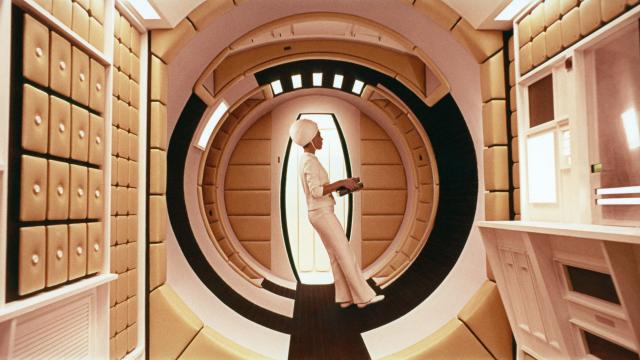In 2024, it feels as if our society’s technology is propelling forward in an unknown trajectory. Just this week, a person had a computer chip installed in their brain.
Commentators and reporters annually try to predict where technology will go, but many fail to get it right year after year. Who gets it right? More often than not, the world resembles the pop culture of the past’s vision for the future. Looking to retrofuturism, an old version of the future, can often predict where our advanced society will go.
The reason for this is that technologists are often inspired by the vision of the future they grow up watching. Comic books, television, and movies have a knack for predicting the future, often because they are giving innovators a guidebook for what to build. Elon Musk built his AI chatbot, Grok, to resemble the omnipotent helper in The Hitchhikers Guide to The Galaxy. Upon inspection, much of our technologically advanced reality seems to be built on the futuristic ideas from the past.
Artificial Intelligence
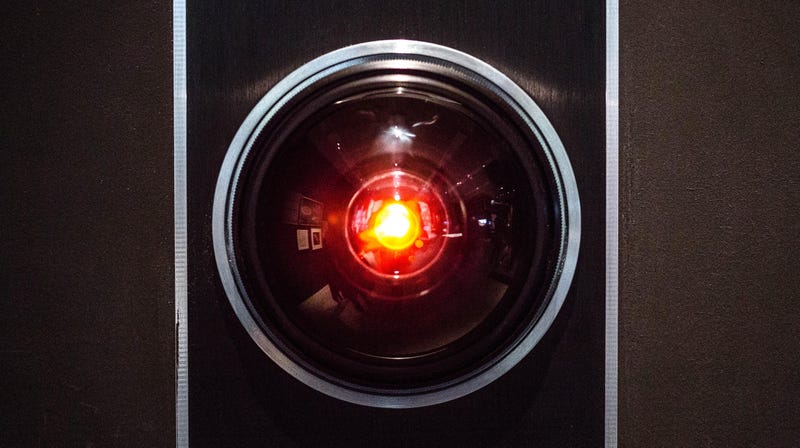
One of the most widely circulated examples of artificial intelligence comes from HAL 9000, a sentient AI agent that controls the Discovery One spacecraft, in Arthur C. Clarke’s 2001: A Space Odyssey. The 1968 science fiction film was a wildly popular movie that undoubtedly gave millions an idea of what the future had in store.
HAL is seen playing chess against astronaut Dr. Frank Poole, played by Gary Lockwood. This specific scene foreshadowed an epic 1996 chess match between Grandmaster Garry Kasparov and IBM’s Deep Blue when a computer program defeated an expert chess player for the first time.
Fast forward to 2016, and Google DeepMind’s AlphaGo defeated the legendary Go player Lee Sedol, and years later, ChatGPT can write essays at a high school level.
Space Tourism
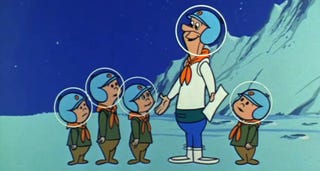
An episode of The Jetsons titled “Good Little Scouts” in 1962 featured a Cub Scouts troop taking a day trip to outer space and the moon. They visit the “Moonhattan Tilton Hotel,” introducing millions to the idea of space tourism.
These days, Jeff Bezos’ Blue Origin has invested billions in the industry of space tourism, and so far his company has launched four private citizens into space and back. Bezos may have grander ideas of living in space permanently and visiting the Earth as a form of tourism, as he detailed on Lex Friedman’s podcast, but that vision has yet to come true.
The Internet

Many are credited with the first visions of the Internet, but one particular technologist’s description sticks out. Nikola Tesla, in a 1909 interview with The New York Times, near perfectly describes the internet and smartphones, which wouldn’t be invented until a century later.
“It will only be necessary to carry an inexpensive instrument not bigger than a watch, which will enable its bearer to hear anywhere on sea or land for distances of thousands of miles,” he told the paper. “One may listen or transmit speech or song to the uttermost parts of the world. In the same way, any kind of picture, drawing, or print can be transferred from one place to another. It will be possible to operate millions of such instruments from a single station. Thus it will be a simple matter to keep the uttermost parts of the world in instant touch with each other.”
Smart Homes
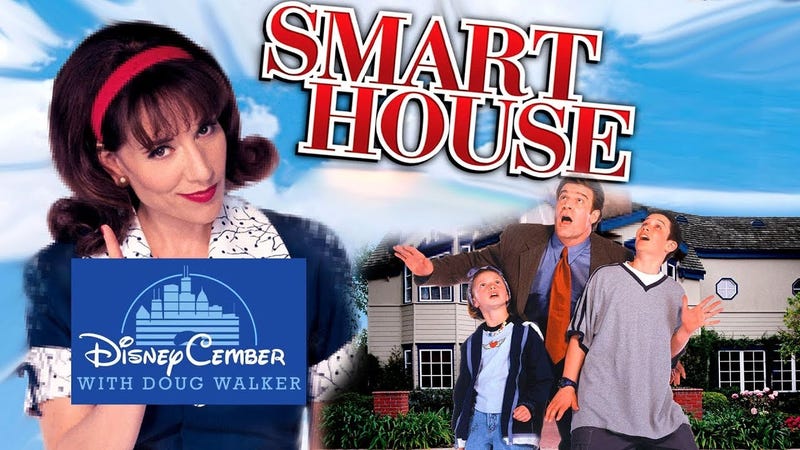
The 1999 film Smart House tells the story of a teenager winning a fully-automated dream house that ends up becoming a nightmare. That movie didn’t know how accurate it was, as smart homes have proven to be a real-life nightmare for many consumers. Today, many people have dozens of interconnected devices in their homes, such as lights, vacuums, ovens, and blinds that constantly require maintenance, leaving your house non-operational if your WiFi is down.
Smart Watches
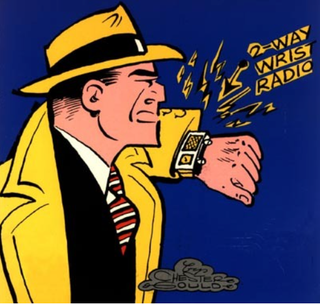
In 1946, the popular comic strip about police detective “Dick Tracy” featured a “two-way wrist radio.” The newspaper comic series showed Tracy speaking into his watch, a concept at the time that seemed ridiculous and novel. Fast forward to today, and smartwatches have become quite commonplace. The Apple Watch even includes a Walkie-Talkie feature that Dick Tracy would have found quite useful.
Military Drones

The Terminator, released in 1984, gave many audiences their first glimpse of autonomous military drones. The film, directed by James Cameron and starring Arnold Schwarzenegger, depicted an evil cyborg killing machine. Schwarzenegger’s character was sent from the future, 2029, which is only five years away.
Today, AI-powered military drones are battling it out in war zones, and human warfare is becoming less and less common. Google’s former CEO, Eric Schmidt, has even dedicated his time to working on a secret kamikaze drone project.
Indestructible, Smart Cars

In the 1982 TV show, Knight Rider, David Hasselhoff plays Michael Knight, a lone crimefighter who battles evil with his indestructible, artificially intelligent car. In 2023, we have the Cybertruck, which features bulletproof panels and is equipped with Tesla’s AI computing systems. Now don’t get me wrong, Cybertrucks are hardly indestructible, and a sheet of ice seems capable of taking them out. However, this largely fictional concept from the 1980s is getting closer to reality.
Video Calling

American audiences got their first glimpse into video calling around 1982, when Blade Runner’s main character Rick Deckard hops onto a screen that reads “VID-PHON.” He proceeds to essentially Facetime, a concept that’s so common to our society now that rewatching the movie doesn’t make this scene stand out. At the time, however, video calling wasn’t commonplace. Audiences had no idea that video calling would be our main form of communication when the 2020 pandemic sent people into their homes for a year.
Way earlier, in 1918, a tech publication (yes, those existed at the time) called The Electrical Experimenter wrote of an even more realistic version of Facetime.
VR Goggles

In 1989, Back to The Future Part II showed a scarily accurate version of a VR headset, worn by none other than Marty McFly. Today, these headsets are everywhere, from the Meta Quest 3 to Apple’s Vision Pro.
Even earlier, however, there was a science fiction short story from 1935 called Pygmalion’s Spectacles. The short story predicted goggles that would give you:
“a movie that gives one sight and sound […] taste, smell, and touch. […] You are in the story, you speak to the shadows (characters) and they reply, and instead of being on a screen, the story is all about you, and you are in it.”
That could have come right out of Mark Zuckerberg’s mouth about the Metaverse, but it really came from Stanley G. Weinbaum almost 100 years earlier.
